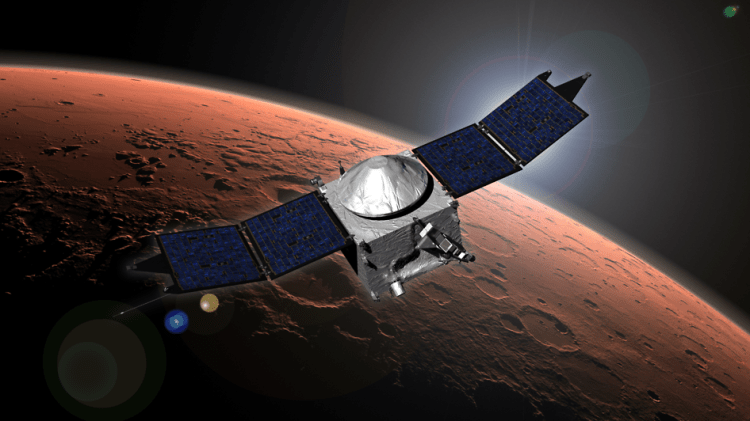NASA has successfully placed its latest spacecraft into Mars’ orbit, the space agency reported today.
The spacecraft, officially called the Mars Atmosphere and Volatile Evolution (or MAVEN), will allow scientists to study the planet’s upper atmosphere and gain new insights, such as why the planet lost all its water. This is also the first such spacecraft to ever do such a thing on Mars.
“As the first orbiter dedicated to studying Mars’ upper atmosphere, MAVEN will greatly improve our understanding of the history of the Martian atmosphere, how the climate has changed over time, and how that has influenced the evolution of the surface and the potential habitability of the planet,” said NASA’s Charles Bolden in a statement. “It also will better inform a future mission to send humans to the Red Planet in the 2030s.”
The spacecraft, which took 10 months before arriving at its destination in orbit, will now begin a year-long mission that costs an estimated $671 million. That money will be well worth it if humanity can finally learn what caused Mars to change from being a wet, warm world into the cold red planet we know today. Such information could unlock clues about how we can prevent massive climate chance from occurring on Earth, hopefully.
Check out NASA’s demo video below for a closer look at the MAVEN craft and what it’ll be doing over the next year.


